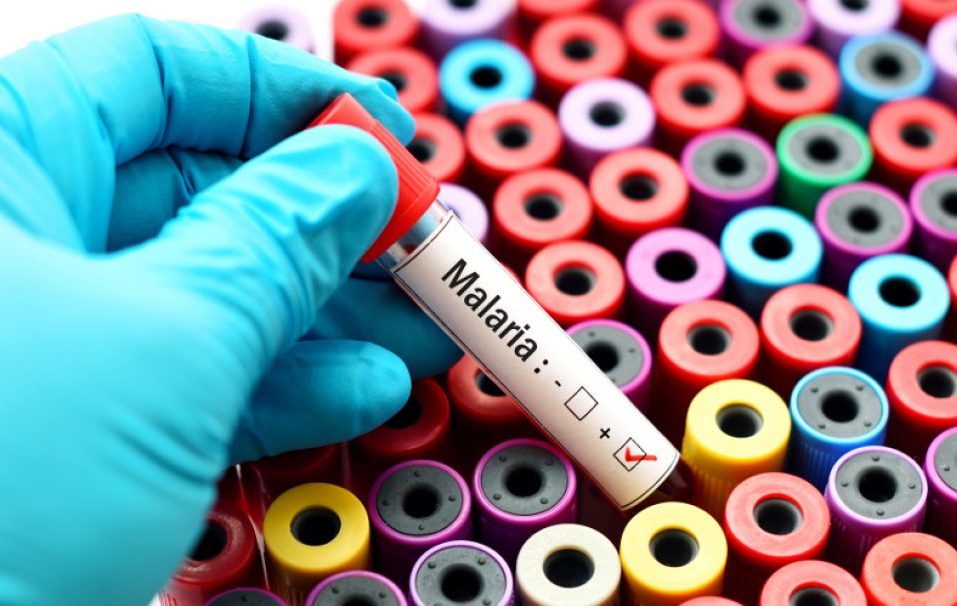Dengue fever is a viral infection transmitted to humans by the Aedes aegypti mosquito. This disease is prevalent in tropical and subtropical regions, affecting millions of people annually.
Transmission Methods
Dengue fever is caused by any of the four types of dengue viruses, transmitted to humans by the female Aedes aegypti mosquito. This mosquito thrives in and around human habitats, breeding in stagnant water found in plant containers, vases, old tyres, and other similar places.
However, it’s important to note that dengue fever cannot spread directly from person to person. The virus is transmitted to a mosquito when it bites an infected person, which in turn infects another person through its bite.
An infected individual can transmit the virus to mosquitoes for 4-5 days, and sometimes up to 7 days, after symptoms first appear.
Risk Factors
The risk of contracting dengue fever increases in the following situations:
– Living in or travelling to tropical and subtropical areas, particularly Southeast Asia, the Western Pacific Islands, Latin America, and Africa.
– Having had a previous dengue infection, which increases the risk of severe symptoms upon subsequent infections.
Symptoms
Many people infected with dengue fever do not exhibit symptoms. When symptoms do appear, they often resemble flu-like symptoms but can escalate into severe forms of the disease.
Severe dengue, known as dengue hemorrhagic fever, can cause severe bleeding, a sudden drop in blood pressure (shock), and death.
If symptoms do occur, they typically begin 4 to 10 days after being bitten by an infected mosquito and may include:
– High fever reaching 104°F (40°C)
– Severe headache
– Muscle, bone, or joint pain
– Nausea and vomiting
– Fatigue and loss of appetite
– Pain behind the eyes
– Swollen lymph nodes
– Skin rash and mild bruising
Complications
Most people recover from dengue fever within a week or two. However, symptoms can worsen in some cases, leading to life-threatening conditions such as severe dengue or dengue shock syndrome.
Severe dengue occurs when blood vessels are damaged, causing blood to leak and the number of clot-forming cells (platelets) in the bloodstream to drop. This can lead to internal bleeding, organ damage, and dangerously low blood pressure, which may result in death.
Warning signs of severe dengue usually appear within the first day or two after the fever subsides and include:
– Severe abdominal pain and persistent vomiting
– Bleeding from the gums or nose, or under the skin
– Blood in urine, stool, or vomit
– Fatigue and restlessness
– Intense thirst
– Pale, cold, and clammy skin
– Difficulty or rapid breathing
Notably, recovering from dengue fever provides lifelong immunity against the specific virus strain that caused the infection. However, this immunity does not extend to the other three strains of the dengue virus. Consequently, subsequent infections with different strains increase the risk of developing severe dengue, known as dengue hemorrhagic fever.
Treatment
There is no specific medication for treating dengue fever, thus symptom relief measures include:
– Getting adequate rest
– Drinking plenty of fluids
– Taking pain relievers
– Avoiding non-steroidal anti-inflammatory drugs (NSAIDs) like ibuprofen and aspirin
– Avoiding mosquito bites to prevent the spread of the disease
– Monitoring for severe symptoms and seeking medical help promptly to replace lost fluids and prevent complications
Prevention
Since there is no specific treatment for dengue, prevention is the most crucial step to avoid infection. In some countries, dengue vaccine is recommended for individuals aged 9-45 years in three doses over a year.
However, the vaccine alone is ineffective in reducing dengue in endemic areas. Mosquito control and bite prevention using the following measures remain essential strategies to prevent dengue spread:
– Eliminating mosquito breeding sites such as water-filled containers inside and outside homes, and covering water storage containers.
– Regularly cleaning and emptying water tanks, pots, and vases.
– Using insect repellents both indoors and outdoors.
– Making sure the doors and windows are properly screened and free of holes.
– Avoiding crowded places and staying indoors during dawn and dusk when mosquito activity is high, along with wearing long-sleeved clothing and avoiding open-toe shoes.
– Protecting infected individuals from mosquito bites to prevent virus transmission to mosquitoes and, subsequently, to others.
Additionally, in homes with dengue patients, it is advisable to take additional precautions such as using bed nets and insect-repellent creams.
By: Dr. Badreyya Al-Harmi, Consultant Public Health, Emirates Public Health Association













